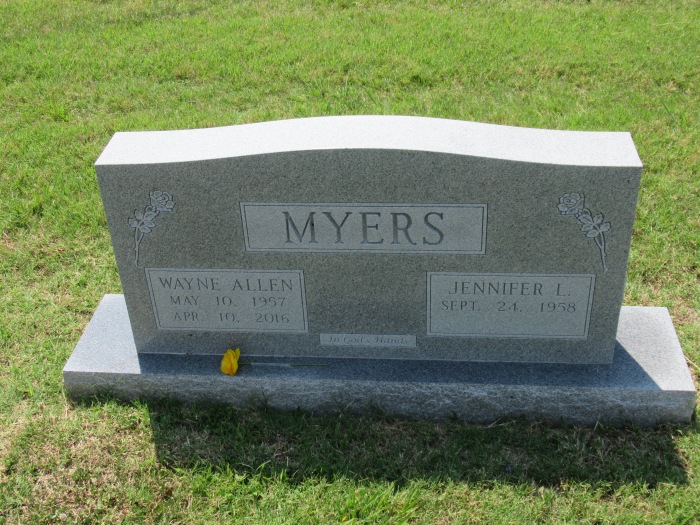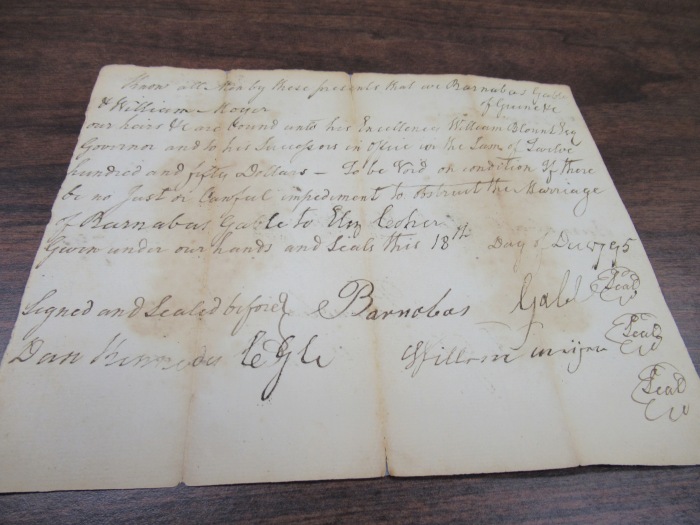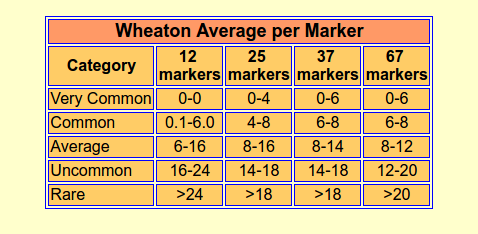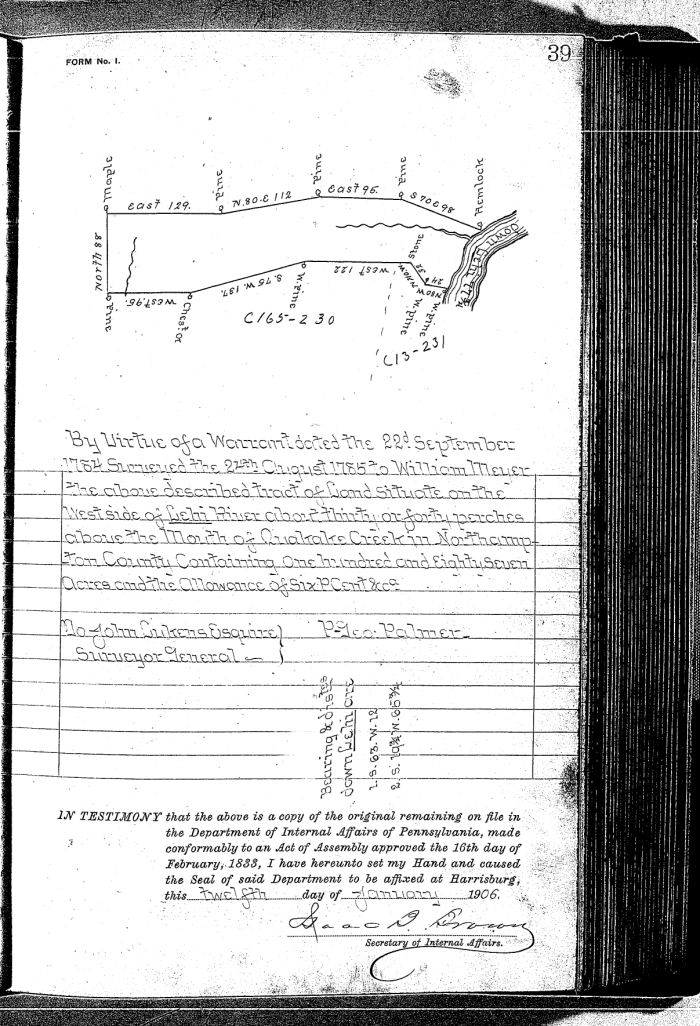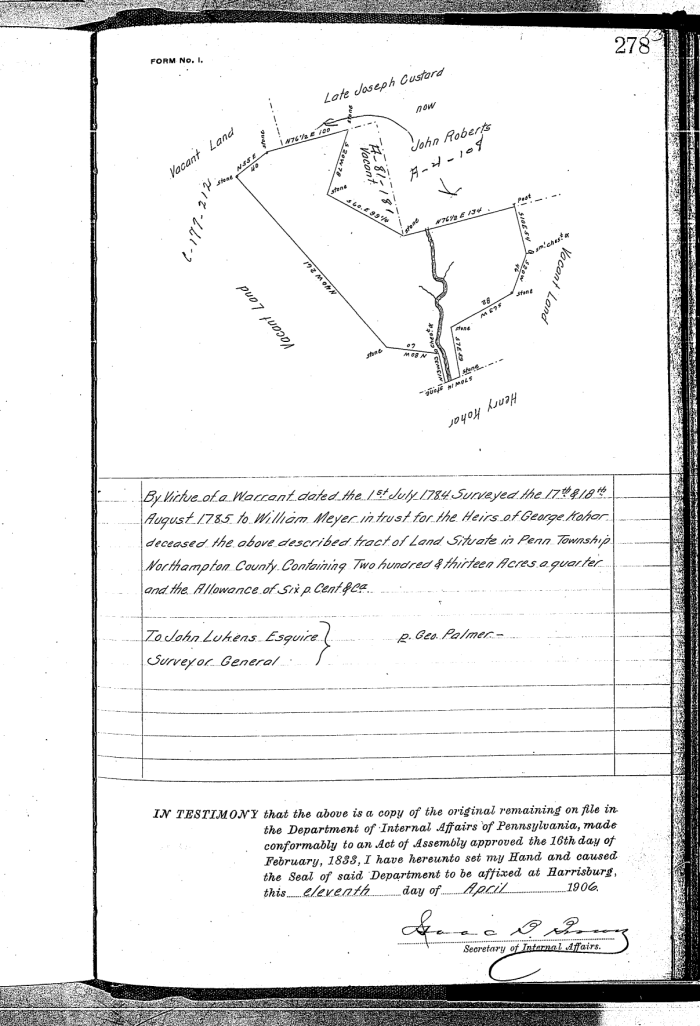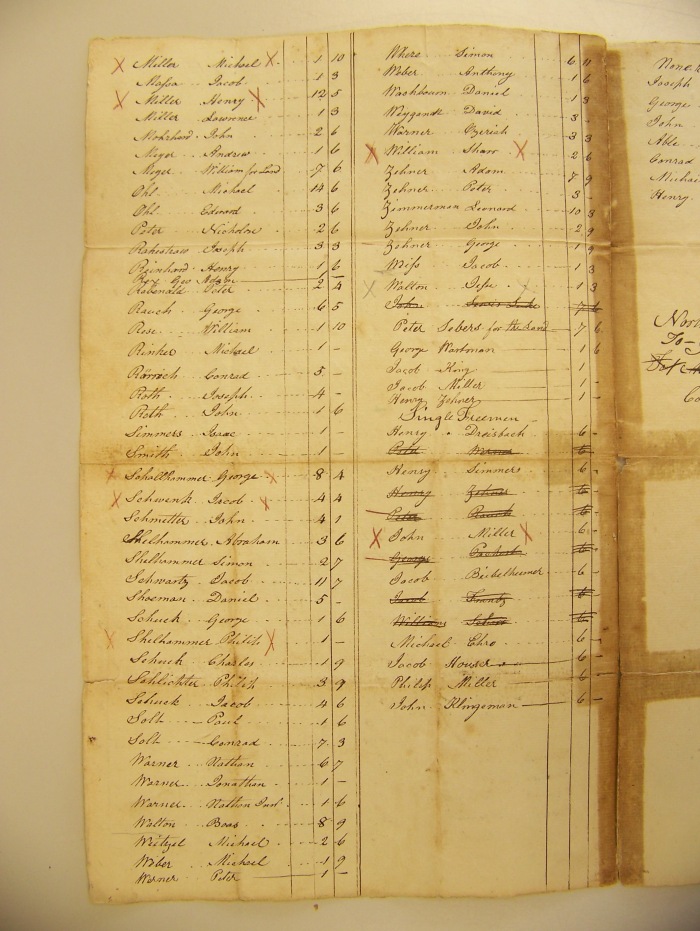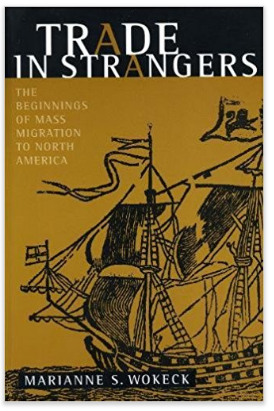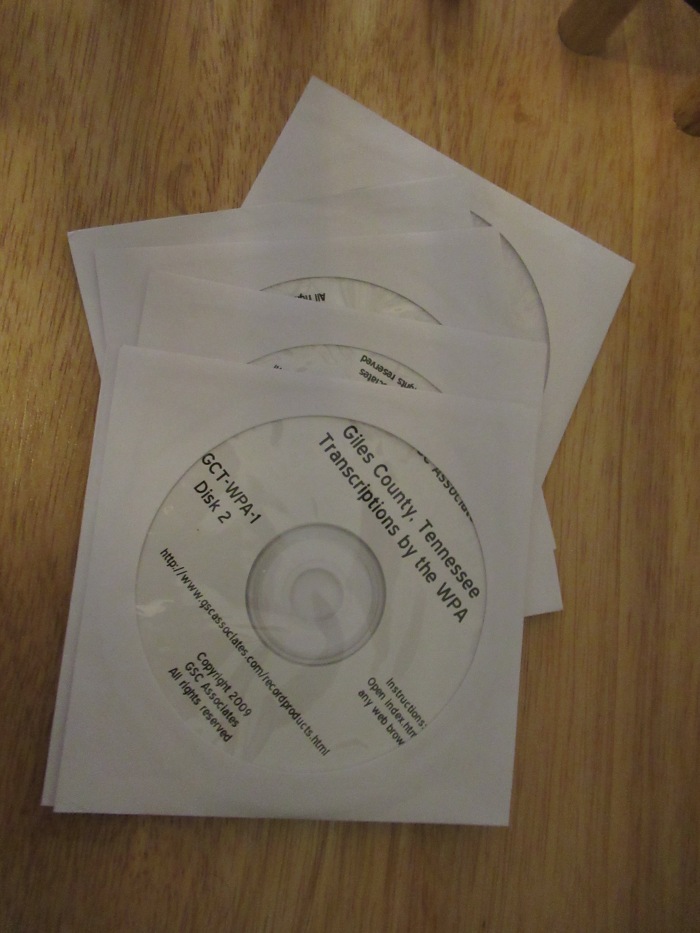I have driven to Greene County TN, spent parts of two days in their genealogical library. I found the Nolichucky River and also Cove Creek. I have taken photos of Cove Creek, the Solomon Lutheran church. After, I found Mt Tabor United Methodist Church, the Myers cemetery there, and took a photo of Wayne Myers’s grave. In the meantime, I also found his obituary.
Q: Was William Myers Sr illiterate?
He signs his will with an ‘x’. For now, I suspect he is, though I cannot rule out him losing the ability to write later in life.
Q: How close were the lands of William Myers Sr and Jr?
In a deed dated 1817, Charles Myers Jr sells 19 3/4 acres of land to Barnabas Myers. In the deed he mentions he inherited the land from his father, William Myers, and that the land is adjacent to the land of William Myers Sr.
The evidence they were close is that they appear in the same tax district within Greene County year after year. But side by side is yet another matter.
Q: When did William Myers Jr die?
He is reported as alive on the tax rolls of 1814. later in the year, on the 25th of October, 1814, the first of three estate sales happen. So he must have died in 1814. A rereading of the documents suggest that the first estate sale is a different man. An inventory of William Myers Jr’s estate is taken on Tuesday, January 24, 1815 and in that document it gives a date of death of January 23, 1815.
Q: What about the other Myers?
If you mean Christopher Myers and Henry Myers and that bunch, they are physically in another district, north and west of the Cove Creek Myers. The librarian at T Elmer Cox said they were located between Mohawk and Mosheim. There are other small groups, but the West Greene Myers and the Cove Creek Myers are the two largest groups.
Q: What was the status of Jacob Myers, William Myers Jr’s fourth son, after William’s death?
Turns out he was a minor too. John Cook Sr takes guardianship of him on Wed, April 14, 1816. That paints Charles Myers Jr as the oldest of the William Myers Jr children.
Q: Can we locate George Myers in Greene County TN?
He is on the tax rolls of 1798. He is part of a trial, along with John Myers, in 1803. Both John and George were witnesses. I believe that George Myers was also part of a jury in 1803, but the last name of the last juror (George) is cut off in my photo. In 1805, you can find a ‘George Moyers’ in the tax rolls. A George Myers marries a June Harty in 1801, marriage deed # 758.
Q: What are the earliest signs of the Cove Creek Myers in Greene County TN?
John Myers is certainly active in the early 1790s, as he is known to arrive in 1790. The date for William Myers Sr and company to arrive is between 1792 and 1794. The first tax rolls that show William Sr, William Jr, John, George, John Cook, Barnabas Gable etc is the 1798 tax roll. I don’t know why they are missing in 1796; data loss? The first written document that pins a William into Greene County is the marriage deed of Barnabas Gable, which appears to be signed by a William Myers (At this point I suspect William Sr). The marriage is normally dated to 18 Dec, 1795.
Q: What are the first signs of Charles Myers Sr in Greene County?
Still, the first sign is his marriage to Rebecca Williams in 1811. In 1812, there are comments in the minutes about roads that were to be made from ‘Charles Myers’s Smith Shop’ to other locations, or roads to be made near the shop.
In 1813, a Charles Myers, probably Charles Sr, buys 19+ acres of land and this acreage appears in the 1814, 1815, and 1816 tax rolls. This is not the same land that is deeded to Barney Myers.
By late 1814 through 1816 Charles Sr is heavily involved with the William Myers Jr estate, and appears on the tax rolls as administrator of William’s land in 1815 and 1816. No attempt is made to distinguish between the Charles Myers who owns 19 acres and the one who administers the William Myers estate.
Q: When did Charles Myers Sr leave?
Because of tax roll loss in Greene County, we can’t trace him from 1817 out. First sign in Giles is the 1820 US Census.
Q: Any news on George Kocher Jr?
I found and photographed his marriage deed, but could not find any hint of him on the tax rolls.
Q: Who else lived along Cove Creek?
John Crockett did, in 1794. He was building a grist mill when a flood wiped out the mill and left John, David Crockett’s father, with a large debt load. I like to imagine that David Crockett could have played marbles with Charles Sr and Jr.
Q: So what did Wayne Myers’s grave look like?
Like this. Without Wayne, this blog would be a small and largely barren affair.
